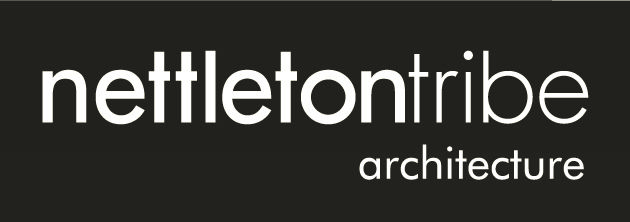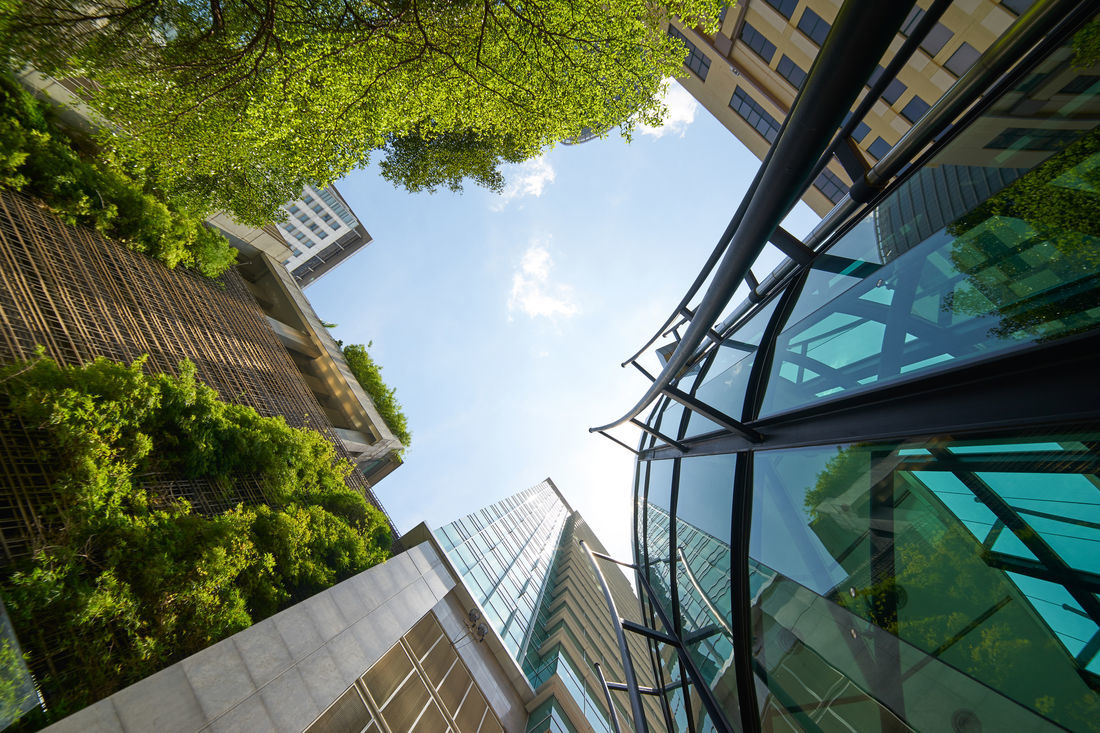Architectural and Interior Design trends change quickly. This can sometimes make it feel like a full-time job trying to keep up to date with what’s hot, and what’s not.
So we’ve put together some key Architecture and Interior Design trends we expect to be BIG in 2019 and beyond. While some have been around for a while, others are new and exciting. We hope you enjoy them and they provide some inspiration for your work.
For more inspiration, check out our Pinterest and Instagram pages.
ENVIRONMENT
1. Sustainability
This has been the buzzword across almost all industries for a number of years and the design sector is no exception. As dire warnings about the state of our planet continue to ring out, architects and designers play a crucial role in designing spaces that operate in an environmentally friendly and sustainable manner.
With a strong focus on reducing waste, sustainable design means a variety of things. Firstly, it’s based on a commitment to continually sourcing - and using - new materials that are renewable and produced in a sustainable way.
But second, it’s about creating designs that help people lead (and more easily adjust to) a sustainable lifestyle. Spaces that:
- minimise the impact on their surrounding environment
- incorporate built-in conservation measures (i.e. water consumption)
- provide smart tech solutions to increase energy efficiency (i.e. lighting motion sensors)
It really is a must when you consider the numbers of customers who pick an architect or designer purely because of their ability to provide these deliverables.
As such, sustainability will continue to be a hot trend in architecture and design for 2019 and the future. A little further on we will detail a few more great innovations in this area. But suffice to say, the sustainable design trend is here to stay for the long-term.
TECHNOLOGY
2. Virtual Reality (VR) and immersive technology
This perhaps the most exciting trend to hit the architecture and design scene in recent years. If you’re not already on the bandwagon, you might want to consider hopping on board!
VR and immersive technology give you the opportunity to walk all your clients – both current and prospective - through your design, even before a slab has been laid, or a frame put up. By simply popping on a headset and a pair of polarised glasses, they can immediately immerse themselves in the space in 3D, fully understanding what it looks and feels like. This gives you an excellent ‘leg up’ in circumnavigating communication gaps and misunderstandings down the track.
While such technologies have been around for a few years, the advances in their capabilities are forging full steam ahead. If you haven’t already, it is well worth spending some time investigating them and how you can best use them in your business. It’s definitely a trend that will continue to strengthen for many years to come.
3. Big data analytics and BIM
Another area that is exploding is big data analytics. We produce data on massive scales, from our consumer tendencies (think credit card swipes) to the output from the solar panels on our homes. Analysing design-related data provides useful insights with wide-ranging capabilities for your business.
Let’s take an example:
Today, clients want their homes to ‘feed’ back to them. Things like energy efficiency readings and connected devices. It’s no different commercially, with customers expecting their properties to produce data that help them manage their facilities in the most efficient and effective ways. There are even rising instances of ‘performance based contracts’ - clients withhold fees from designers and architects until they’ve taken possession of their building, and their data proves the energy-efficient claims made at the start of the design process.
As such, architects and designers need to be skilled in big data best practices. Building Information Management (BIM) and its incumbent software capabilities can provide this. Some designers and architects have been reluctant to utilise such technologies, but there is no doubt their use will continue to grow right across the industry. It’s important to be in the know in this area and ensure you can incorporate deliverables such as datasets into your builds to remain competitive.
MATERIALS
4. Natural materials
2018 saw a definite shift from the stark industrial look to one that embraces au natural. Perhaps it is our desire to create a refuge from the busy world, or it could be the strength of the sustainability movement. Whatever the reason, 2019 will see spaces that mimic the beauty of nature. Architects and designers will opt for materials that seamlessly blend into the natural world, be it various forms of timber, handmade bricks, rammed earth or stone. Look out for a spike in indoor plants and green walls this year too.
5. Recycled and upcycled materials
Many natural materials can be recycled or upcycled so it makes sense there will be an increase in the use of these across the board in 2019 too. Materials like recycled glass, metals and plastics will be common, as will repurposed timber. The added advantage of using such materials is the impact they have on the environment – they require much less production, thus energy, and can reduce toxic emissions considerably.
6. Cross-laminated timber
The design industry is forever on the hunt for new materials that have a low carbon footprint. Cross-laminated timber (CLT) is one such option and it’s set to be a firm trend this year.
Made from an entirely renewable source, CLT is formed by glueing layer upon layer of wood, with each layer set at a 90-degree angle to the previous one. This results in an extremely hardy surface with excellent compressive strength. As such, it can be used to build floors, ceilings, walls and furniture, both domestically and in large infrastructure projects. One unique application is Brisbane’s 25 King office tower, billed as Australia’s tallest timber skyscraper.
While CLT is on the pricey side, it more than makes up for this when it comes to its versatility, sustainable production and sheer strength. Definitely one to watch.
DESIGN
7. Circular shapes
The emergence of the curved trend began last year but it is set to really come into its own this year. Curves are used to great effect when faced with space issues and with the shift towards tiny houses growing in momentum, it’s likely we’ll see a lot more curves being employed, both inside and out.
8. Textured surfaces
Open plan living is here to stay. As such, many design professionals take advantage of textured surfaces to help delineate specific spaces and remove the cavernous feeling a large open area can project. Expect the use of textured surfaces such as natural woods and plant walls to continue to trend strongly in 2019.
9. Multi-use spaces
There are many reasons for the rise in popularity of tiny houses and smaller homes with multi-use spaces. Astronomical land prices, shifting lifestyle patterns, high energy costs and the desire to reduce one’s footprint are but a few. This is why it is vital that architects and designers today are well-schooled when it comes to multi-use design. It requires a bucket load of creativity, plus the ability to draw upon new resources (perhaps environmental scientists or those with deep knowledge about social shifting structures). However you go about it, it is imperative you have the skill of effective multi-space design honed sharply in your toolkit.
10. Modular Design
Architects and designers have long been fans of all things modular. The very nature of modular design and furniture means they are easily customisable to customer needs, and can also be quickly updated according to new trends. But there are also a variety of ways they contribute to sustainability. They are relatively easy to produce, so require less time and resources. They are highly adaptable so can be repurposed, which bypasses the need to throw them away and buy new products. This is precisely why the modular design trend won’t be going away any time soon.
As you can see, there is lots on the horizon for 2019 trend-wise. It appears the key theme running through the majority is sustainability. Therefore, if you can ensure your business operates in ways that promote and utilise sustainable designs concepts, your client list will continue to grow and grow. And that’s the best thing we could wish for you for 2019!



